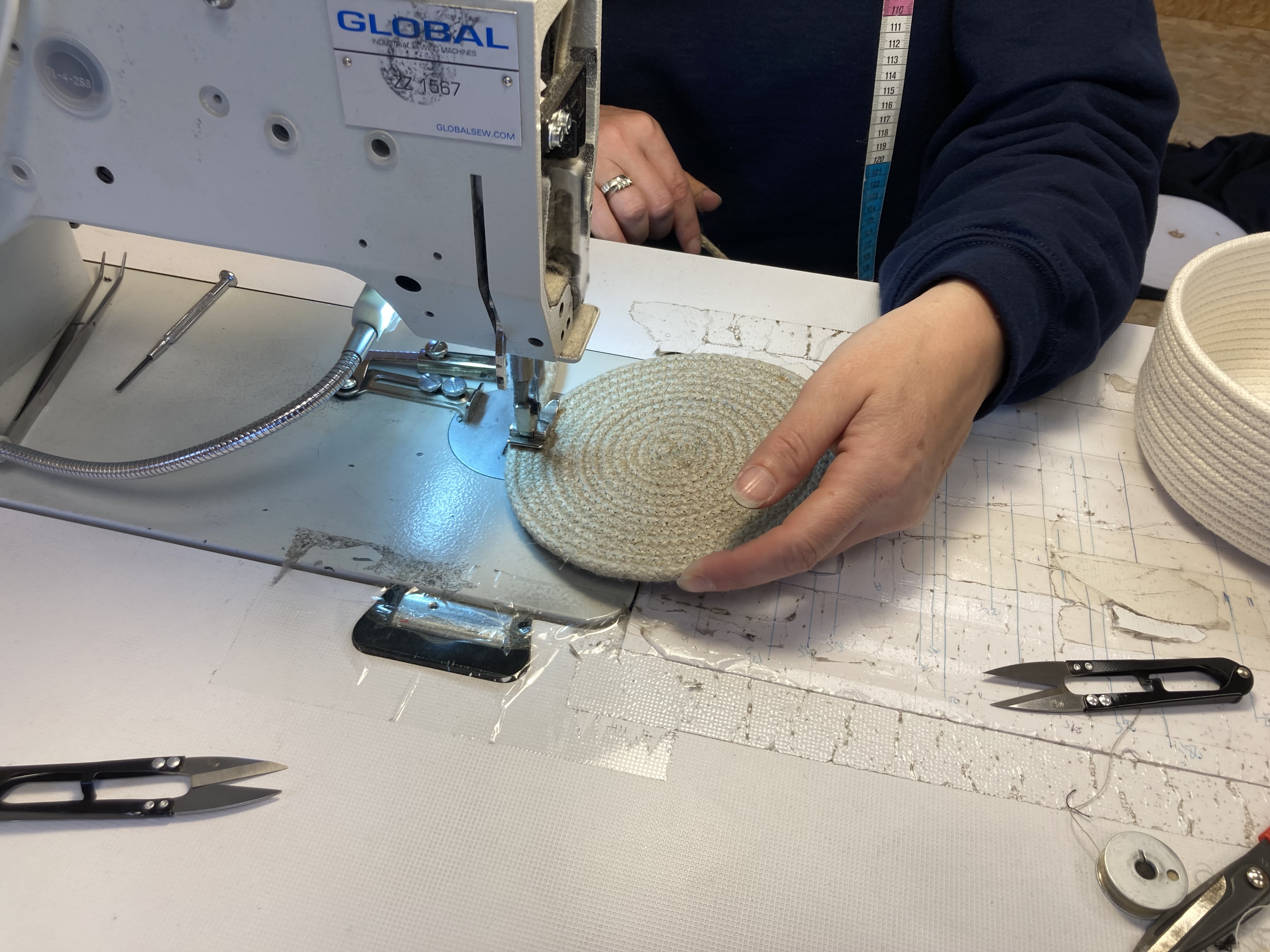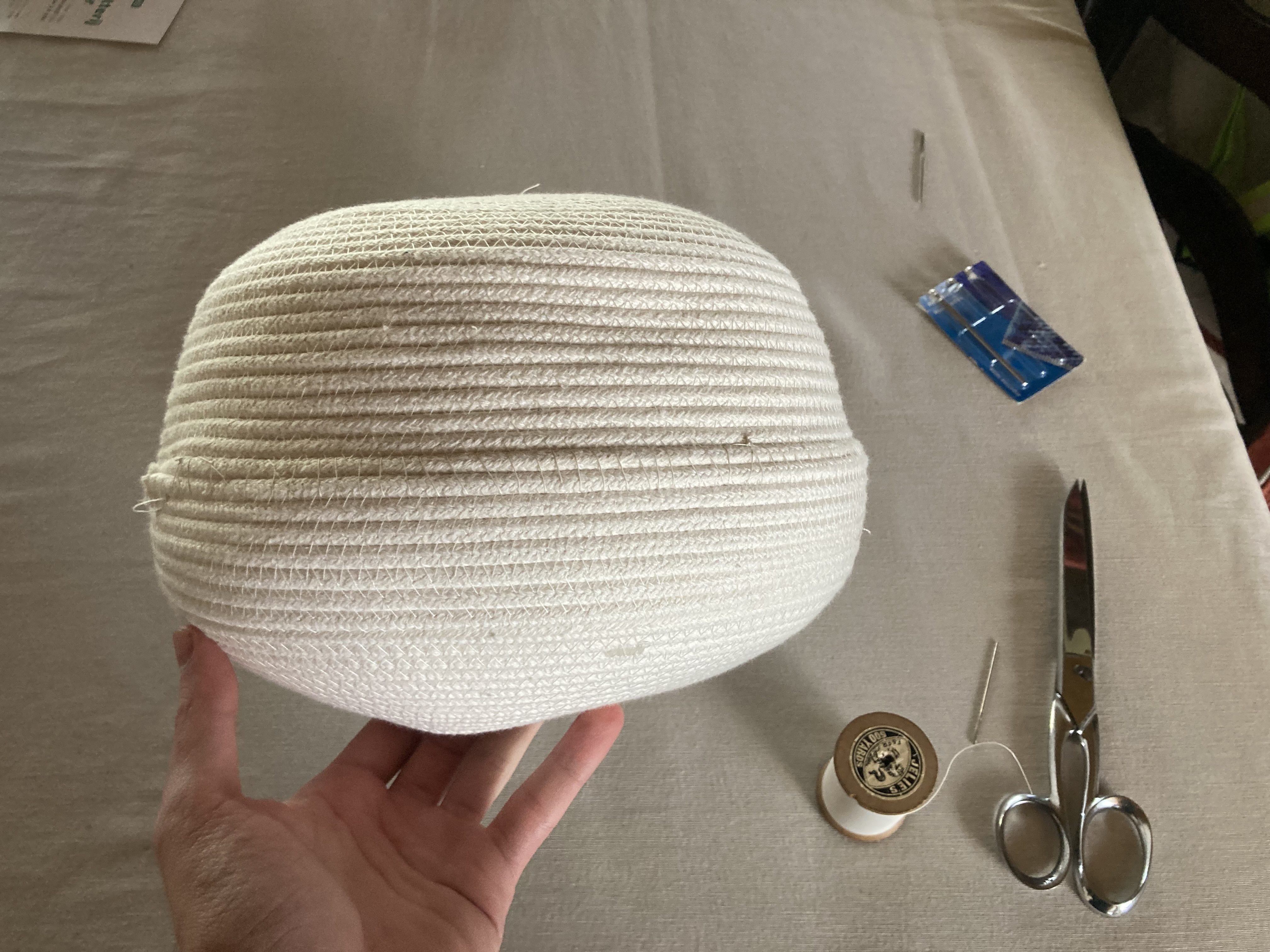In this series, we spotlight the creative minds shaping BBoBB. Who are they, what drives them, and how are they advancing biodesign with bio-based materials?
This edition features Michiel Wierinck, an industrial product designer based in Aalst, Belgium.
Who are you?

Hi, I’m Michiel Wierinck, an industrial product designer based in Aalst. During my studies and thanks to my master thesis research, I founded a company called Naturnus, where I design and create urns, memorial, and grief products for those who have lost loved ones. My work is centred around craft- design collaborations, hybrid design and the use of natural materials, creating products that not only honour the memory of the deceased but also provide a meaningful, personal experience for the bereaved. At Naturnus, I really focus on craft-design collaboration and hybrid design (combining craft and digital practice), a process where traditional craftsmanship, modern design and digital tools intersect. This involves a deep exploration of materials and crafting techniques. The interaction between the designer’s industrial knowledge and the artisan’s handcraft skills is key to developing prototypes and final products that reflect both modern design and the authenticity of handcraft.
In addition to running my own business, Naturnus, I was also part of a product development team at Tupperware for 5 years, where I play a key role in testing prototypes and products. Product design testing is an essential stage of the user centered design process which helps validate ideas and select those that best address user needs. In this position, my primary responsibility is to gather insights through rigorous testing to help refine and improve the designs and functionalities of new products.
What is your role in the BBoBB project?
In the BBoBB project, I’m working with Flax and Hemp. I’m currently developing an indoor interior product. My goal is to create something that is not only functional but also showcases the potential of regional biobased materials. I work with local craftsmen to explore the possibilities of the different types of materials (based on the raw materials of mainly Flax and Hemp).

What have you done so far in the project?
So far, I’ve been experimenting with hemp/ flax rope and -canvas. I am combining the rope and canvas to create a big firm cushion. This cushion should be filled with flax fibers. After testing with a craftsman, we were able to define a first concept that should work. One of the biggest insights we’ve gained is that the hemp and flax fibers are stiff and strong and could have added value in quality furniture. Also, the odor absorbing property can be a nice benefit for pet furniture. In addition, I also want to do tests linoleum in combination with rope, canvas and wood. as well as the possibilities to laser cut this material. The linoleum seems to look and feel like thick leather. However, the material is much more brittle/ friable as I thought. I also planning to test the linoleum layered with flexible wood or wool felt. My main focus is find a way to combine the different flax and hemp in a finished product where all materials and their properties come into their own.
How do you experience working with the card-based method developed by Bert Vuylsteke?
The card method helped me to dive into the materials properties and available resources of hemp and flax fibers. It also triggered me to gain insights in the way the materials were used it the past. Therefore, I especially liked the card that focus on Cultural History, because it triggered me to search for old material applications and processing techniques. Nowadays those biobased materials are replaced by synthetic alternatives. People and society tend to forget the old nature-friendly materials and crafts. All knowledge about this is in danger of being lost.
What does designing with biobased materials mean to you? How do you see their role in the future of design and construction?
For me, biobased design is the true foundation. Before industrialization and the rise of synthetic materials, everything we created was biobased. The systems and products of the past functioned well, and they still hold valuable lessons about alternative ways of doing things. Today, our way of living—and its impact on nature and ecosystems—is both devastating and unsustainable. That’s why we must return to our roots. But not in rejection of progress: we need to move forward hand in hand with knowledge, science, and industry. Only then can we begin to rediscover a way of living in balance with our environment.

Any final thoughts or hopes for the BBoBB project?
I hope that the BBoBB project will show the world what’s possible when designers, farmers, and researchers work together. It’s not just about making products—it’s about building better systems.
I also want to show that the biobased materials and crafted production techniques can have an added value into a product. Nowadays, many people still associate biobased design primarily with limitations: fragility, short lifespan, or a lack of modern appeal. But this perspective overlooks the unique added value that biobased materials and traditional, crafted production techniques can bring to contemporary design.
Synthetic materials used in indoor environments often come with hidden downsides that are rarely part of mainstream conversations. In indoor applications, synthetic materials may seem practical at first glance, but they often carry unseen risks. Many contain volatile organic compounds (VOCs) that off-gas into the air over time, contributing to indoor air pollution — a major factor in respiratory issues, allergies, and general discomfort. When these materials come into direct contact with skin, they can cause irritation or disrupt the skin's natural balance, especially in sensitive individuals. Beyond air quality and physical comfort, many synthetic materials — especially plastics, foams, adhesives, and coatings — contain endocrine-disrupting chemicals (EDCs) such as phthalates, bisphenol A (BPA), and flame retardants. These substances can leach into the air and dust in indoor environments and interfere with the body’s hormone system, even at very low exposure levels. Over time, chronic exposure has been linked to issues such as fertility problems, metabolic disorders, developmental disruptions in children, and immune dysfunction.
In contrast, biobased materials, particularly when untreated or minimally processed, tend to be free from these harmful additives. They offer a safer, more natural alternative that supports both environmental and human health. Choosing materials that are skin-safe, low-emission, and free of synthetic chemicals is not just a design choice — it’s a step toward creating interiors that truly nurture the body and mind.
Biobased materials are also often more breathable and regulate moisture more effectively, helping to create a healthier indoor climate. Natural fibers, untreated wood, and plant-based finishes work with the body and the environment, not against them. They offer a more harmonious sensory experience — from the way they feel to the way they age — while also promoting better indoor air quality and overall well-being. Biobased materials often carry a natural texture, warmth, and variation that synthetic materials can’t replicate. This gives products a sense of authenticity and connection to nature — something consumers increasingly value in a world full of mass-produced sameness.
Instead of being a compromise, biobased design can be a creative constraint — pushing designers to think differently and come up with smarter, more meaningful outcomes. It can lead to products that are better for people and planet — and still beautiful, functional, and relevant.
As you pointed out, biobased materials offer significant advantages: they are safer, more natural, and promote both environmental and human health.
We believe that through our shared efforts in the BBoBB project, we can make these advantages more visible and help society embrace a biobased future: one not only shaped by the wisdom of the past, but also guided by the promise of progress.
